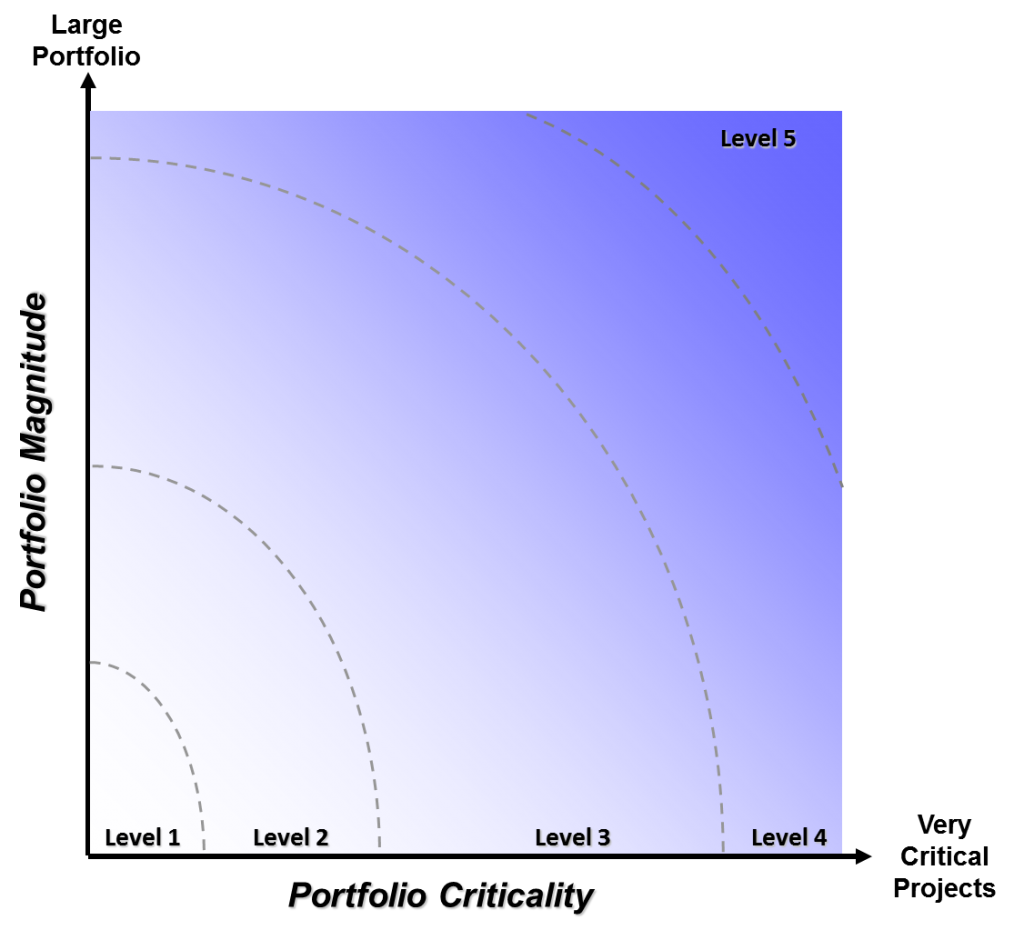In a recent discussion on LinkedIn regarding portfolio tool implementations, one consultant commented that the most successful deployments have been done in phases with an upgrade to a more sophisticated tool being done after improving process maturity.
Such an approach makes a lot of sense and could be likened to using a calculator after learning how to do math by hand. I think the analogy is appropriate. Educators encourage kids to learn the basic and important mathematical skills before using a calculator so that they understand foundational concepts.
The same could apply to project portfolio management in the sense that organizations are better off learning the portfolio mechanics and process disciplines ‘by hand’ before jumping into a dedicated portfolio tool. I believe that those organizations that learn to do PPM ‘by hand’ will end up maturing faster and/or utilizing a full fledged portfolio tool better than had they gone straight to the sophisticated software. The advantage is in learning the processes behind the tool. “A fool with a tool is still a fool”, but if the ‘fool’ can learn portfolio processes, the organization will not ‘toy’ around with portfolio software but will yield greater results due to the process maturity.
I personally have learned a lot by creating portfolio charts and calculating prioritization scores ‘by hand’. As a result, I have a much better understanding of what a dedicated portfolio tool should do based on the processes we have developed.

